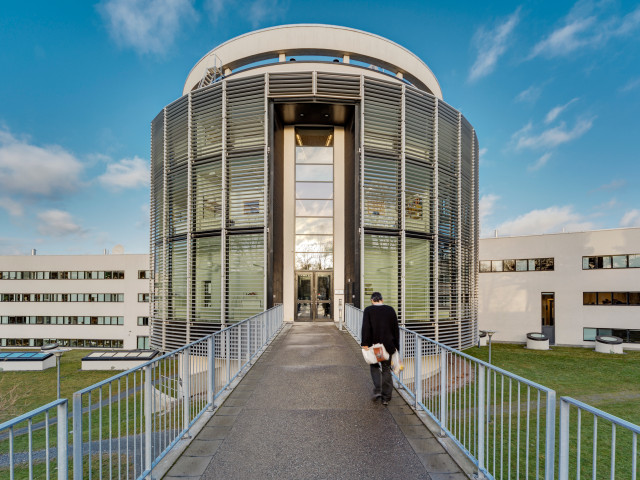Basic classical physics
Physical quantities, Units and Dimensions. Force and momentum. Equilibrium. Friction. Work, power and energy. Kinematics in Cartesian coordinate system.
Newton's laws. Equations of motion. Hooke's law - elasticity theory.
Simple harmonic motions in one dimension, damped oscillations.
Project task: Everyday mechanics
Energy processes and phase transitions
Equations of states. Reversible and irreversible processes.
Kinetic-molecular theory of an ideal gas. Transfer of heat. Thermodynamic concepts. The first and second law of thermodynamics. Different forms of energy. Applications of first law of thermodynamics on closed and open systems and also equation of energy.
Project task: Practical uses of energy
Electromagnetism
Electromagnetic waves. Electromagnetic spectrum, visible light - sunlight - long wave electromagnetic radiation. Sensors: Physical principles, ordinary designs.
Project task: Everyday applications of the laes of thermodynamics
Fluid mechanics and flow of energy
Hydrostatic pressure. Forces caused by fluids in motion. The continuity and energy equation of incompressible fluids. Energy equations. Dimensional equation. Flow in pipes and channels. Measuring of fluid properties. Transfer of heat.
